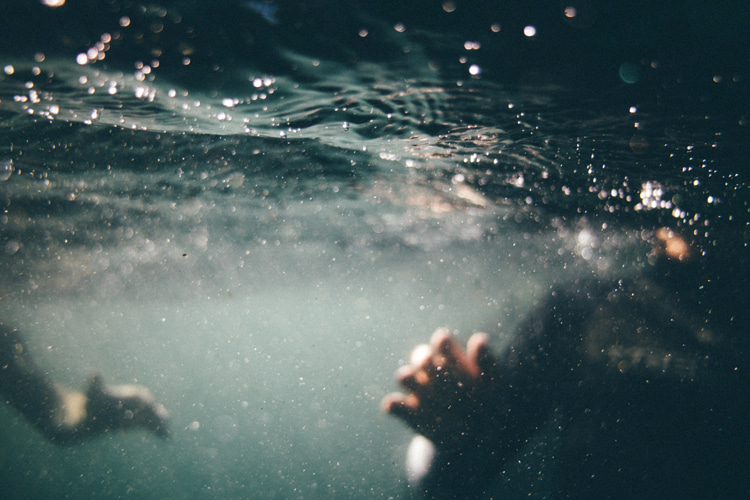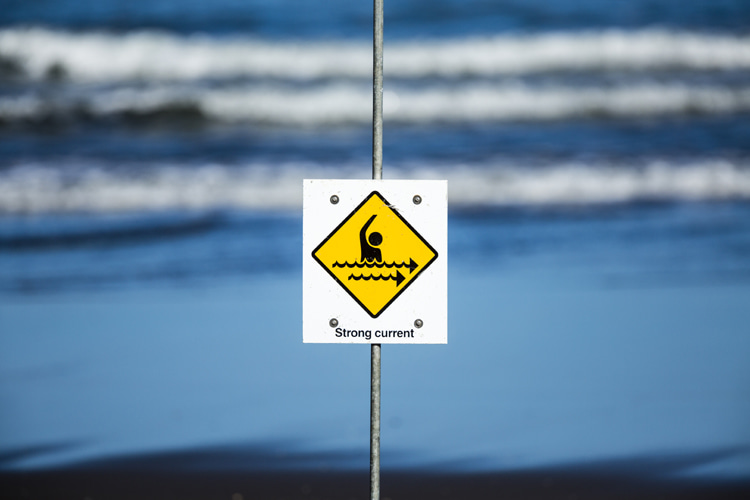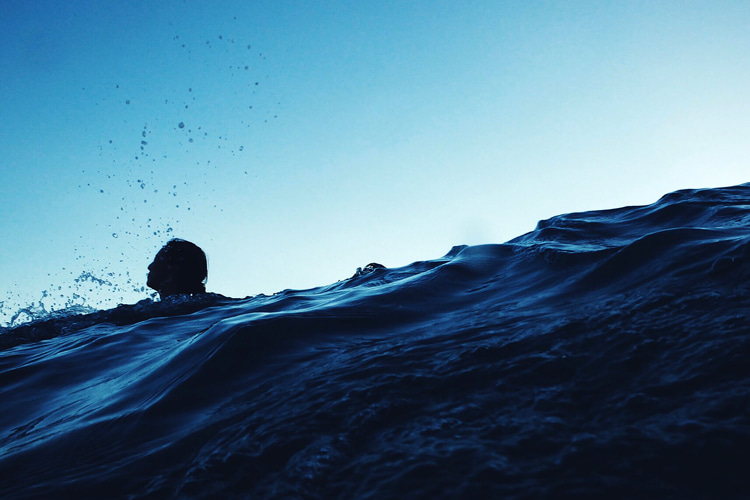People who are drowning can stay above the water's surface for only 20-60 seconds before going underwater. Learn how to identify and spot drowners.
Drowning is a serious and potentially fatal event that can happen in any body of water, from swimming pools to lakes and oceans.
So, it's essential to be aware of the signs of drowning to prevent accidents and save lives.
Remember that drowning can happen silently, without warning, so it's essential to be vigilant and aware of your surroundings when near water.
Always take precautions, and if you suspect someone is drowning, act quickly to get them out of the water and seek medical attention.
Surfers, for instance, save thousands of lives every year.
They are oftentimes the first to reach out to struggling swimmers and get them onto terra firma.
Lifeguards also play a crucial role in rescuing people experiencing respiratory impairment from submersion underwater.

Recognizing Drowning Signs
Contrary to popular belief, drowning is not a dramatic event that involves splashing and screaming for help.
In fact, it often happens silently and without warning.
Here are the signs to look out for:
- Quietness: If someone is drowning, they may be unable to call for help or shout out, so they may be quiet;
- Head tilted back: A drowning person's head may be tilted back with their mouth open, or they may have their head low in the water with their mouth at water level;
- Eyes closed or glassy: The person's eyes may be closed or appear to be staring off into the distance, and they may have a glassy look;
- Hyperventilation: Before drowning, the person may hyperventilate, which is rapid or deep breathing that occurs before the body is deprived of oxygen;
- Inability to swim: If the person is struggling to swim, flailing their arms, or unable to move their legs, they may be drowning;
- Vertical position: A drowning person may be vertical in the water, with their head tilted back and their arms outstretched, and trying to climb an invisible ladder;
- Weak or no movement: The person may appear to be struggling, making weak movements, or not moving at all;
- Gasping for air: If the person is gasping for air or attempting to take deep breaths, it may be a sign of drowning;
- Coughing: People may cough or appear to be choking as they try to breathe in water;
- Skin turning blue: Sometimes, the person's skin may turn blue or gray due to a lack of oxygen.
How to Respond to Drowning
If you suspect someone is drowning, it's crucial to act quickly to prevent further harm.
Here are the steps to follow:
- Call for help: If you are not a trained lifeguard or emergency medical responder, call for help immediately;
- Get the person out of the water: If it's safe, pull the person out of the water and onto dry land;
- Check for breathing and pulse: If the person is not breathing, start performing CPR or rescue breathing immediately;
- Seek medical attention: Even if the person appears to be okay, they should seek medical attention to ensure that there are no underlying injuries or complications;

Preventing Drowning
While it's essential to know the signs of drowning, it's even more crucial to prevent it from happening in the first place.
Here are some tips to keep yourself and others safe in and around water:
- Never swim alone: Always swim with a partner or in a supervised area;
- Learn to swim: If you don't know how to swim, take lessons to improve your skills;
- Wear a life jacket: When boating or participating in water sports, always wear a life jacket;
- Know your limits: Don't overestimate your abilities in the water, and never attempt to swim in areas beyond your skill level;
- Stay hydrated: Dehydration can increase the risk of drowning, so make sure to stay hydrated when spending time in the water;
- Avoid alcohol and drugs: Alcohol and drugs impair judgment and coordination, increasing the risk of drowning;
- Fence-off pools: If you have a pool, make sure it is fenced off with a self-locking gate to prevent young children from accessing it;
- Supervise children: Always supervise children when they are near water, even if they are strong swimmers;
- Stay aware of the weather: Avoid swimming during storms or in areas with strong currents or undertows;
- Know the water: Be aware of the water's depth, temperature, and currents before entering;
According to the World Health Organization (WHO), over 350,000 people die from drowning each year, and children are at the highest risk.
Almost 50 percent of fatal episodes occur in China and India, and in the United States, 20 people lose their lives underwater every year.
Shockingly, it is the third leading cause of unintentional injury death worldwide.
And if someone survives the traumatic event, they will likely experience some form of brain injury.
